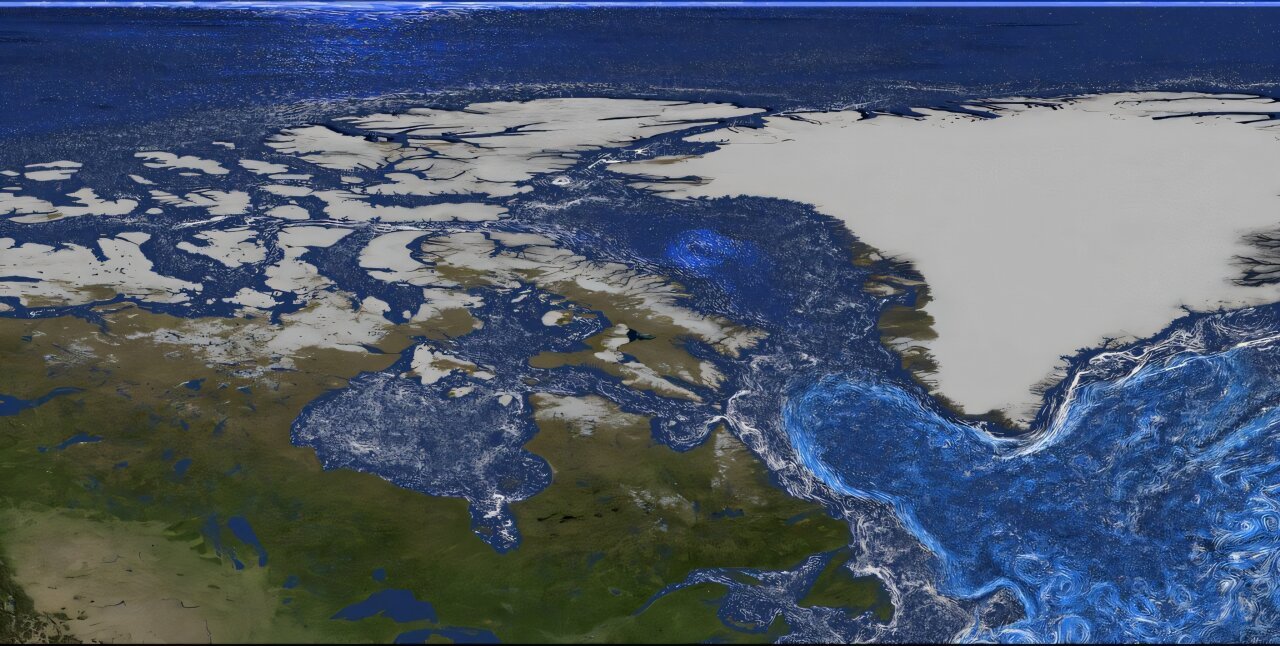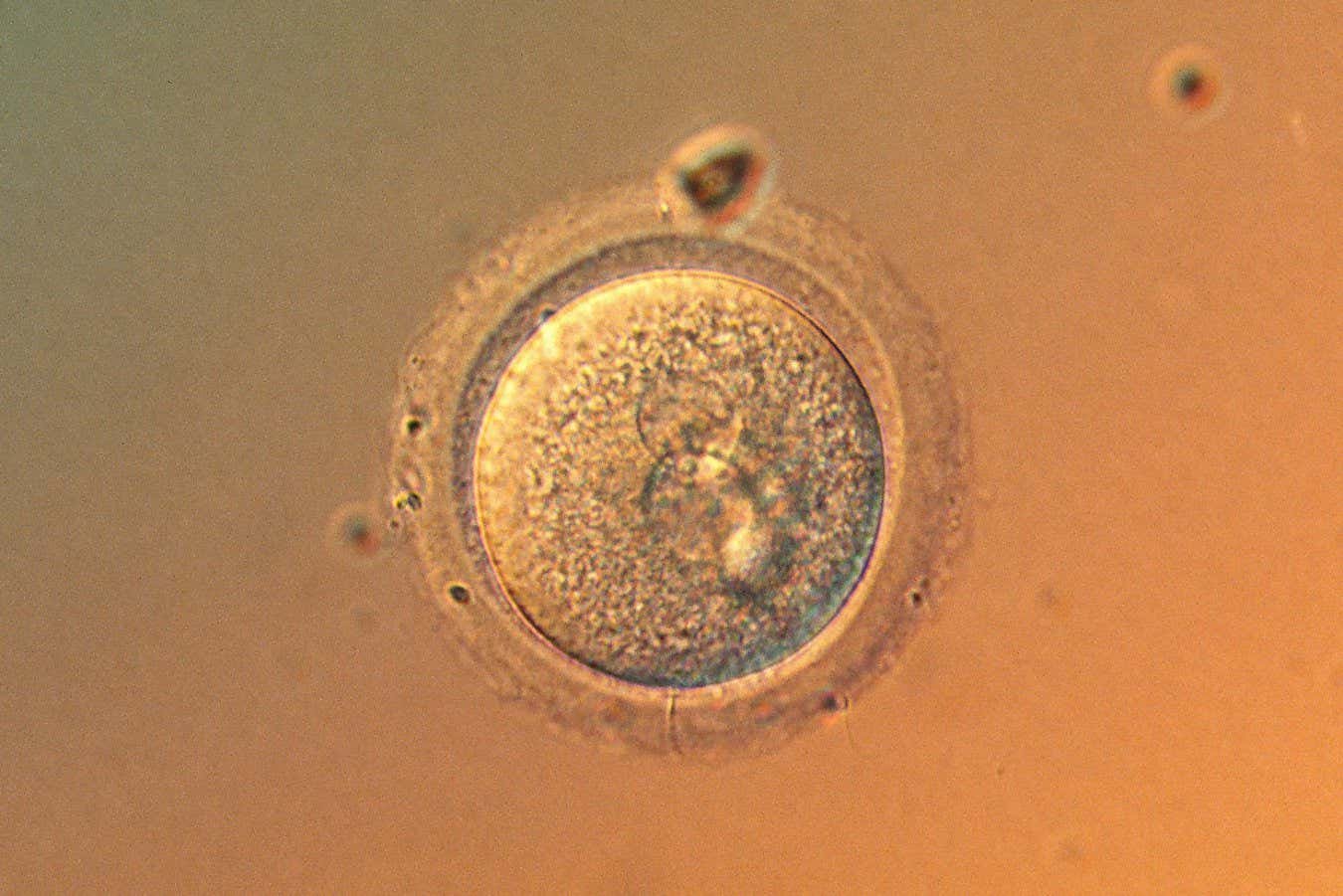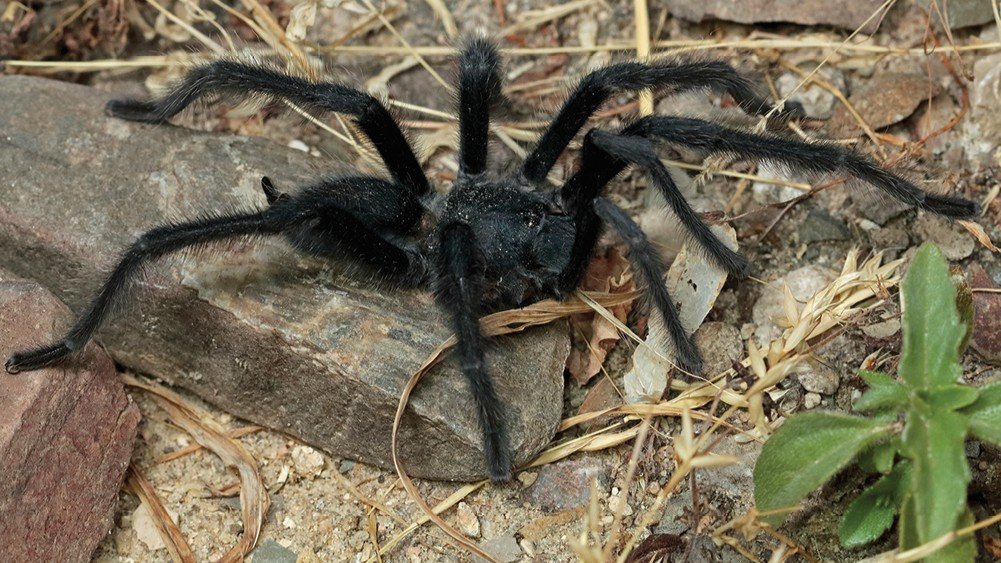
As Greenland’s ice retreats, it’s fueling tiny ocean organisms. To test why, scientists turned to a computer model from JPL and MIT that’s been called a laboratory in itself.
Runoff from Greenland’s ice sheet is kicking nutrients up from the ocean depths and boosting phytoplankton growth, a new study has found. Reporting in Nature Communications: Earth & Environment, the scientists used state-of-the-art computing to simulate marine life and physics colliding in one turbulent fjord. Oceanographers are keen to understand what drives the tiny plant-like organisms, which take up carbon dioxide and power the world’s fisheries.
Greenland’s mile-thick ice sheet is shedding some 293 billion tons (266 billion metric tons) of ice per year. During peak summer melt, more than 300,000 gallons (1,200 cubic meters) of fresh water drain into the sea every second from beneath Jakobshavn Glacier, also known as Sermeq Kujalleq, the most active glacier on the ice sheet. The waters meet and tumble hundreds of feet below the surface.
The meltwater plume is fresh and more buoyant than the surrounding saltwater. As it rises, scientists have hypothesized, it may be delivering nutrients like iron and nitrate—a key ingredient in fertilizer—to phytoplankton floating on the surface.
Researchers track these microscopic organisms, because though they’re smaller by far than a pinhead, they’re titans of the ocean food web. Inhabiting every ocean from the tropics to the polar regions, they nourish krill and other grazers that in turn support larger animals, including fish and whales.
Previous work using NASA satellite data had found that the rate of phytoplankton growth in Arctic waters surged 57% between 1998 and 2018 alone. An infusion of nitrate from the depths would be especially pivotal to Greenland’s phytoplankton in summer, after most nutrients have been consumed by prior spring blooms. But the hypothesis has been hard to test along the coast, where the remote terrain and icebergs as big as city blocks complicate long-term observations.
“We were faced with this classic problem of trying to understand a system that is so remote and buried beneath ice,” said Dustin Carroll, an oceanographer at San José State University who is also affiliated with NASA’s Jet Propulsion Laboratory in Southern California. “We needed a gem of a computer model to help.”

Sea of data
To re-create what was happening in the waters around Greenland’s most active glacier, the team harnessed a model of the ocean developed at JPL and the Massachusetts Institute of Technology in Cambridge. The model ingests nearly all available ocean measurements collected by sea- and satellite-based instruments over the past three decades. That amounts to billions of data points, from water temperature and salinity to pressure at the seafloor. The model is called Estimating the Circulation and Climate of the Ocean-Darwin (ECCO-Darwin for short).
Simulating “biology, chemistry, and physics coming together” in even one pocket along Greenland’s 27,000 miles (43,000 kilometers) of coastline is a massive math problem, noted lead author Michael Wood, a computational oceanographer at San José State University. To break it down, he said the team built a “model within a model within a model” to zoom in on the details of the fjord at the foot of the glacier.
Using supercomputers at NASA’s Ames Research Center in Silicon Valley, they calculated that deepwater nutrients buoyed upward by glacial runoff would be sufficient to boost summertime phytoplankton growth by 15 to 40% in the study area.
More changes in store
Could increased phytoplankton be a boon for Greenland’s marine animals and fisheries? Carroll said that untangling impacts on the ecosystem will take time. Melt on the Greenland ice sheet is projected to accelerate in coming decades, affecting everything from sea level and land vegetation to the saltiness of coastal waters.
“We reconstructed what’s happening in one key system, but there’s more than 250 such glaciers around Greenland,” Carroll said. He noted that the team plans to extend their simulations to the whole Greenland coast and beyond.
Some changes appear to be impacting the carbon cycle both positively and negatively. The team calculated how runoff from the glacier alters the temperature and chemistry of seawater in the fjord, making it less able to dissolve carbon dioxide. That loss is canceled out, however, by the bigger blooms of phytoplankton taking up more carbon dioxide from the air as they photosynthesize.
Wood added, “We didn’t build these tools for one specific application. Our approach is applicable to any region, from the Texas Gulf to Alaska. Like a Swiss Army knife, we can apply it to lots of different scenarios.”
More information:
Michael Wood et al, Increased melt from Greenland’s most active glacier fuels enhanced coastal productivity, Communications Earth & Environment (2025). DOI: 10.1038/s43247-025-02599-1
Citation:
NASA supercomputers take on life near Greenland’s most active glacier (2025, August 6)
retrieved 6 August 2025
from https://phys.org/news/2025-08-nasa-supercomputers-life-greenland-glacier.html
This document is subject to copyright. Apart from any fair dealing for the purpose of private study or research, no
part may be reproduced without the written permission. The content is provided for information purposes only.




